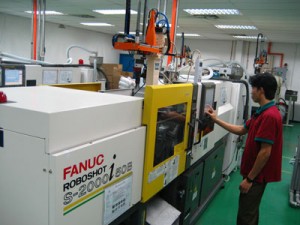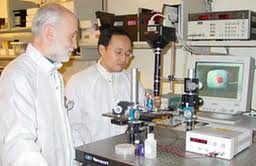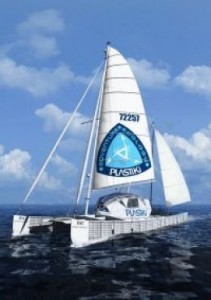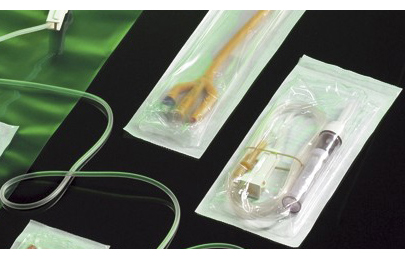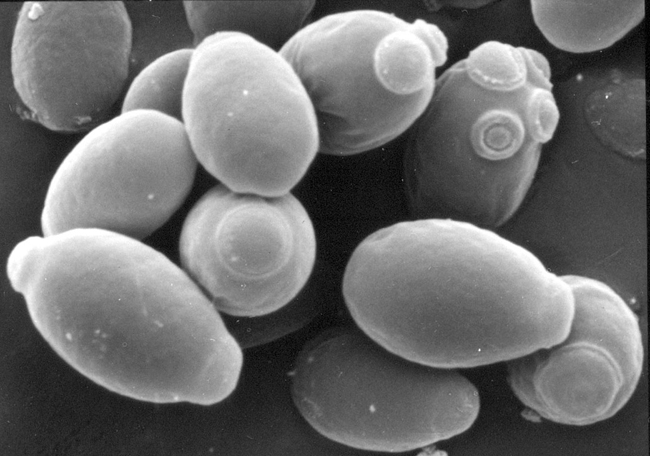We came across this story today and are excited about the possibilities & opportunities that this could present to the packaging industry, especially in the area of ‘added-value’ electronic & ’smart’ packaging. At it’s heart is the discovery of a new way of splitting layered materials to give atom thin “nanosheets”. This has led to a range of novel two-dimensional nanomaterials with chemical and electronic properties that have the potential to enable new electronic and energy storage technologies. The collaborative* international research led by the Centre for Research on Adaptive Nanostructures and Nanodevices (CRANN), Trinity College Dublin, Ireland, and the University of Oxford has been published in this week’s Science. The scientists have invented a versatile method for creating these atom thin nanosheets from a range of materials using common solvents and ultrasound, utilising devices similar to those used to clean jewellery. The new method is simple, fast, and inexpensive, and could be scaled up to work on an industrial scale.
For decades researchers have tried to create nanosheets from layered materials in order to unlock their unusual electronic and thermoelectric properties. However, previous methods were time consuming, laborious or of very low yield and so unsuited to most applications.
“Our new method offers low-costs, a very high yield and a very large throughput: within a couple of hours, and with just 1 mg of material, billions and billions of one-atom-thick nanosheets can be made at the same time from a wide variety of exotic layered materials,” explained Dr Nicolosi, from the University of Oxford.
These new materials are also suited for use in next generation batteries – “supercapacitors” – which can deliver energy thousands of times faster than standard batteries, enabling new applications such as electric cars. Many of these new atomic layered materials are very strong and can be added to plastics to produce super-strong composites. These will be useful in a range of industries from simple structural plastics, through packaging, medical devices and even to aeronautics.
Source: Trinity College Dublin via www.nanowerk.com
You can read more Design Cognition related packaging stories in Technology
Chris Penfold

